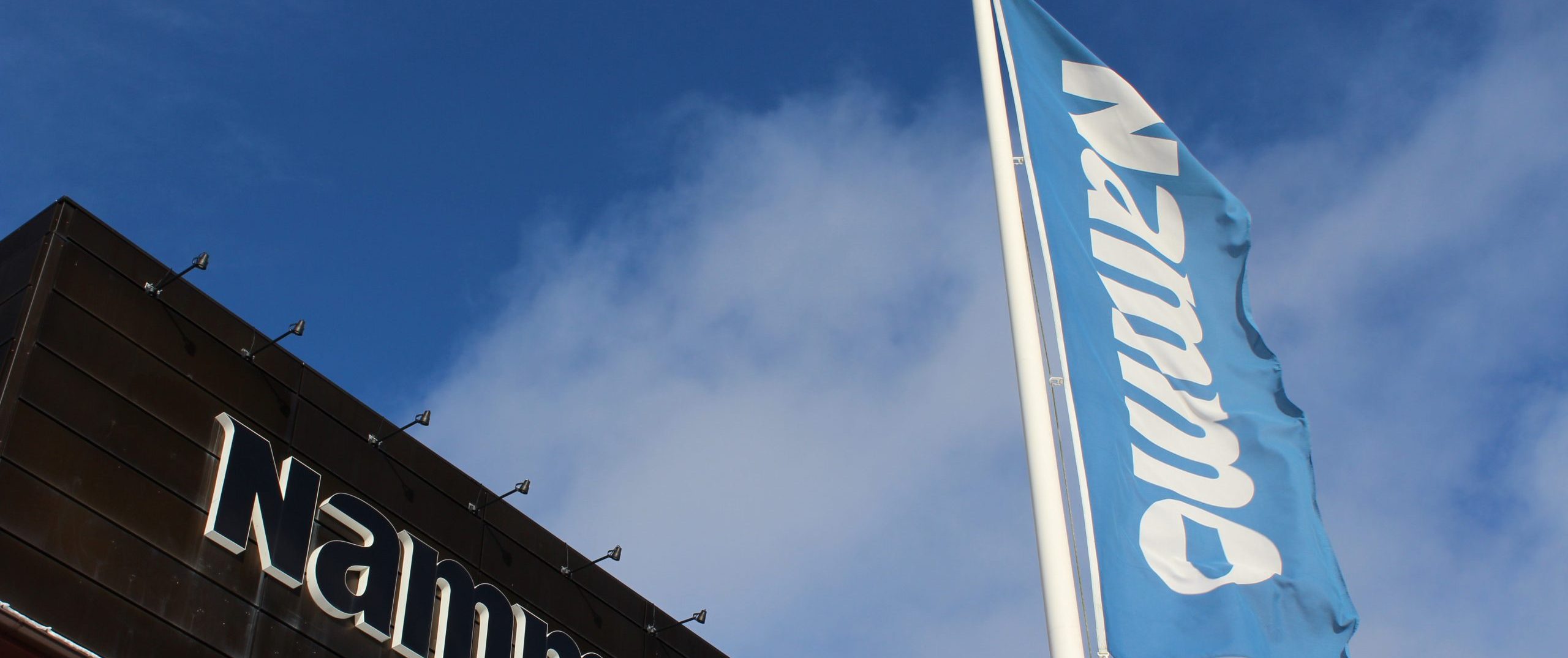GR66
Army.ca Veteran
- Reaction score
- 4,308
- Points
- 1,160
I think it's relevant to the discussion as the concept of operations for the LAV mounted infantry at the Section/Platoon level could be different depending if the LAVs have ATGMs mounted.In a section or platoon? I think @Infanteer is trying to steer us back on topic.
I'm suggesting that @Infanteer is likely correct that in a LAV Army a dedicated ATGM vehicle and the Company/Battalion level is probably more appropriate than ATGMs mounted on every Section LAV.




